You may have noticed there are a lot of comic book and superhero films released these days. All those films require a significant amount of visual effects, and the workload is often spread amongst multiple VFX studios. Rising Sun Pictures (RSP), based in Adelaide, Australia, has had a hand in several recent superhero movies, regularly delivering some of the most iconic and memorable scenes.
The Quicksilver slow motion sequences in the X-Men: Days of Future Past, and X-Men: Apocalypse, are classic examples of RSP’s work. The studio was called in again for another comic book outing, Thor: Ragnarok, to deliver a slow-mo scene - the Valkyrie battle flashback - along with a number of other crucial shots for the Taika Waititi film. To help realize that visual effects work, RSP continued to rely on its expertise in Houdini. Here’s how the studio used the software to solve some challenging effects problems.
Flashback Battle
The battle flashback occurs as Valkyrie (Tessa Thompson) recalls a ferocious fight in ‘Hel’ with the main villain of the film, Hela (Cate Blanchett), and an extended army of other Valkyrie. Hela almost annihilates the Valkyrie, who attack her whilst riding winged horses amongst a swirling mass of atmosphere.
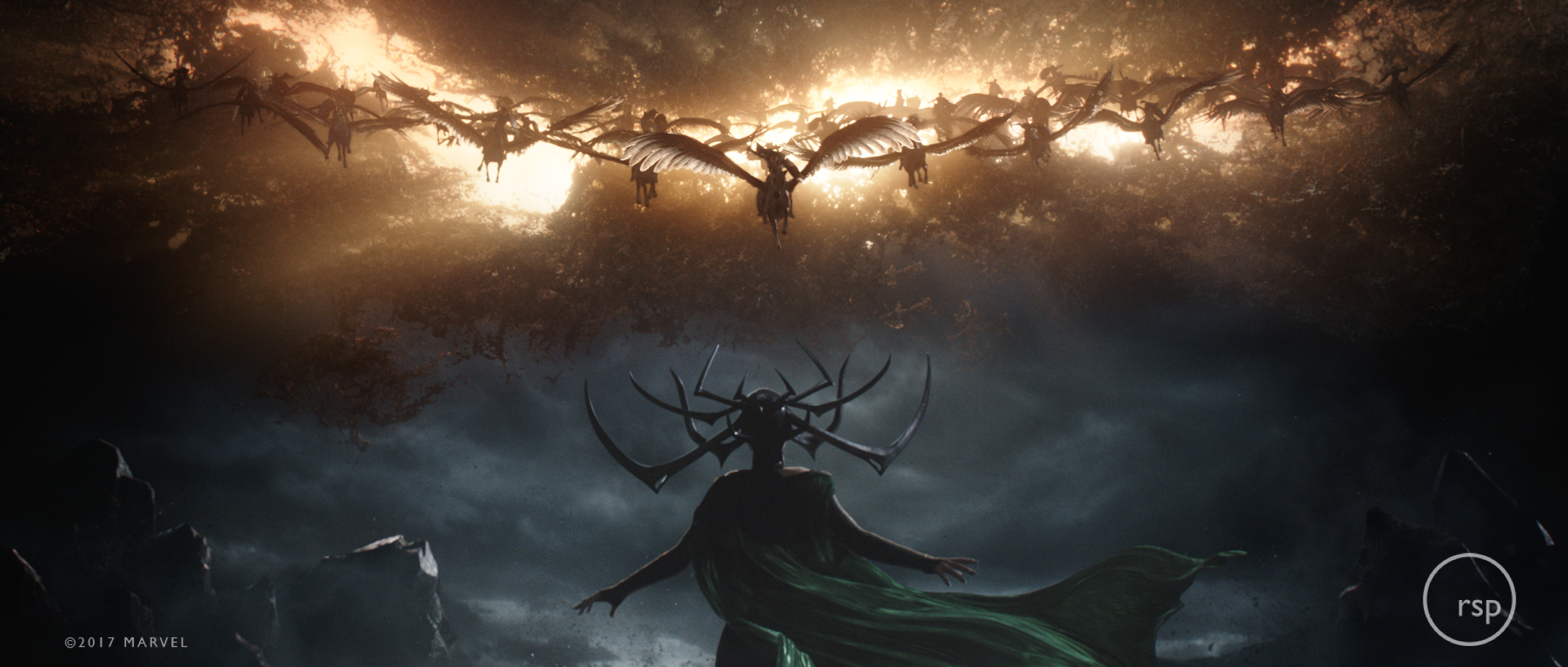
The trademark of the scene is its slow-mo feel and almost heavy and disorientating feel, a feat achieved by filming live action on high speed Phantom Flex4K cameras at around 900 frames per second, and combining that with a lighting system developed by Satellite Lab.
This system, dubbed DynamicLight, is a rig fitted with many hot shoe flashes that surround a live action element. Once triggered, the rig moved the light source at over 10,000 feet per second, which meant the light could change in a very distinctive way while the action was also being captured in super slow-mo.
RSP’s role here was to take that original live action footage and incorporate many more elements into the scenes. “The environmental effects for the Hel environment included smoke simulation and airborne rocks,” says RSP head of effects Sam Hancock. “We generated a library of smoke and rock simulations and placed and time-shifted the simulations per shot in Houdini. These were rendered in Arnold along with the rest of the Hel environment. Using Houdini we were able to populate a sequence of shots using a limited number of simulations and easily integrate the lighting of the effects with the rest of the environment using Arnold.”
The environmental effects for the Hel environment included smoke simulation and airborne rocks. We generated a library of smoke and rock simulations and placed and time-shifted the simulations per shot in Houdini.
Sam Hancock, Head of Effects, RSPHoudini was also used to create portal effects in Hel, which were simulated in Houdini particles and rendered with Mantra. “We were able to create a portal setup that was easily adaptable to all of the portals that we needed to generate in the sequence,” notes Hancock. “The portal setup also allowed us to take very specific shapes that were sketched in compositing and match those shapes through the simulation and post-simulation adjustments.”
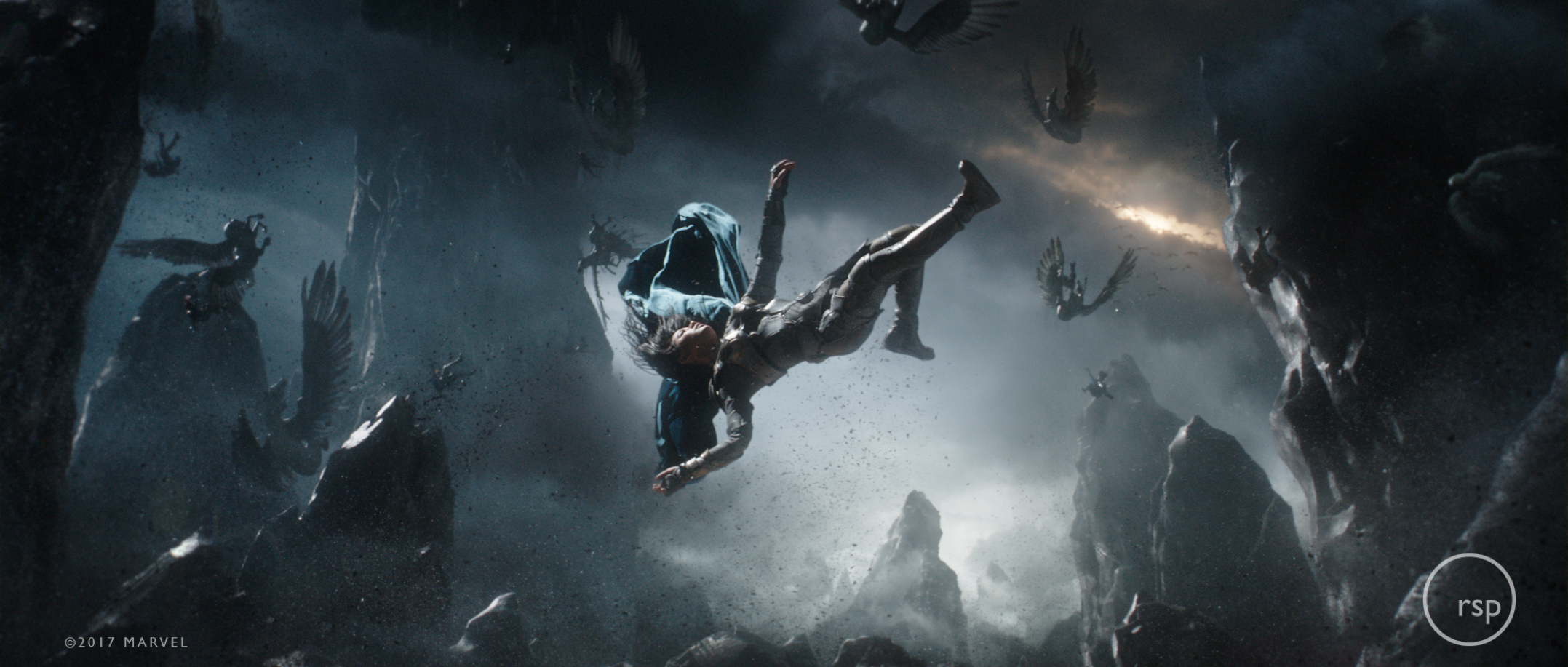
We find Houdini gives us a rock solid workflow, and yet still offers a lot of flexibility that we don't get from other off the self applications.
Noah Vice – CG supervisor, RSPIn addition, shots of the massing army of horses, their wings, riders and weapons were all shaded and lit in Houdini. This meant that so much of the scene could be worked on within the software before being passed out to lighting and compositing. Says RSP CG supervisor Noah Vice: “We find Houdini gives us a rock solid workflow, and yet still offers a lot of flexibility that we don't get from other off the self applications.”
Taking a Trip on the Bifrost
That signature Flashback shot is matched in spectacle by a scene that has Thor (Christopher Hemsworth) and Loki (Tom Hiddleston) take on Hela as they all travel along the Bifrost - essentially a bridge or portal between worlds. A large fight ensues mid-journey, and Thor and Loki are ultimately expelled from the Bifrost by Hela, but not before they make contact with its crystal-like edges which shatter everywhere.
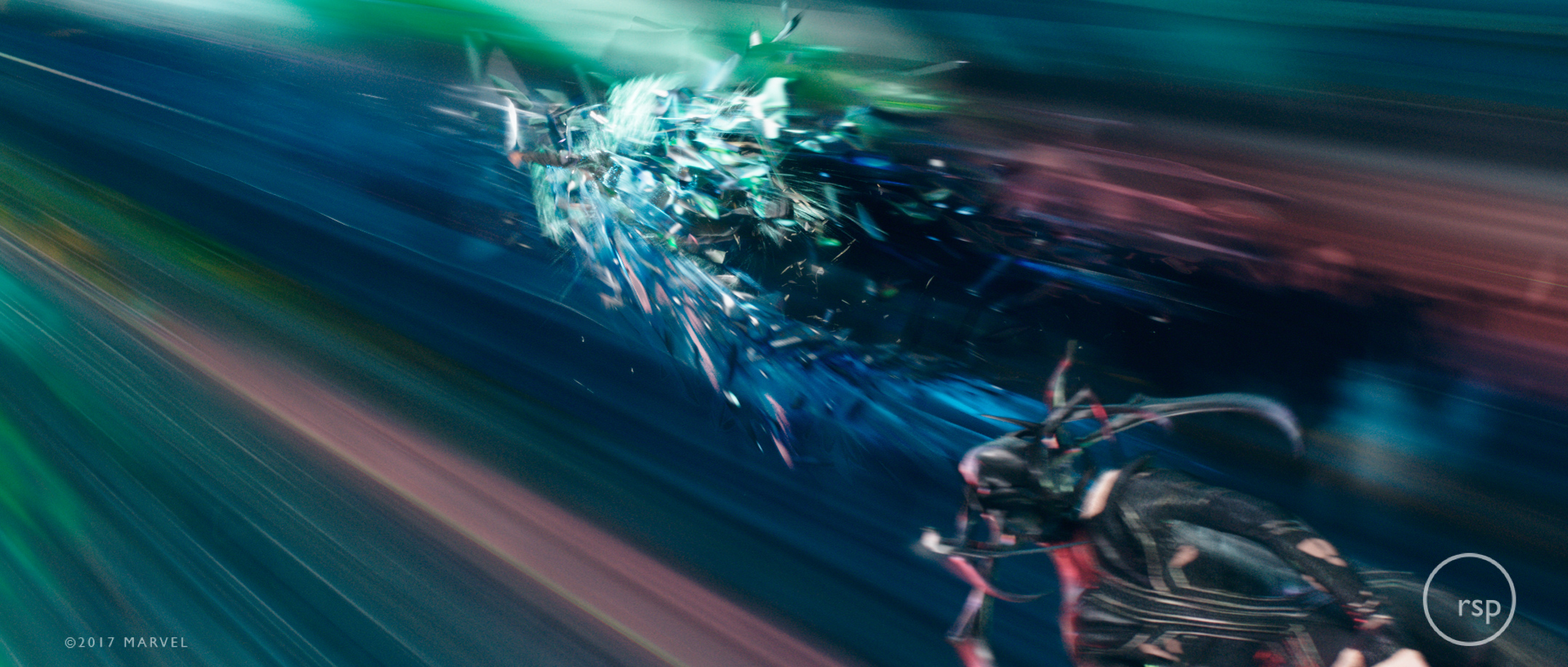
“Using Houdini and Mantra,” explains Hancock, “a range of noise, particles and hard surface renders were created. These renders were mostly non-physical renders and were combined in the comp to produce the final look. The shattering effects were simulated in Houdini and rendered with a combination of Mantra and Arnold, as the characters were rendered in Arnold.”
“For the simulation of the shattering Bifrost,” adds Hancock, “the biggest challenge was getting the action to read clearly on screen. The motion of the cameras and the amount of high frequency detail on screen made it tricky to get this effect to make visual sense.”
Fight for the Palace
In the throne room on Asgard during a later scene in the film, Hela and Thor again battle it out. Here, RSP augmented practical fight footage by replacing backgrounds with a 3D environment and causing a wave of destruction.
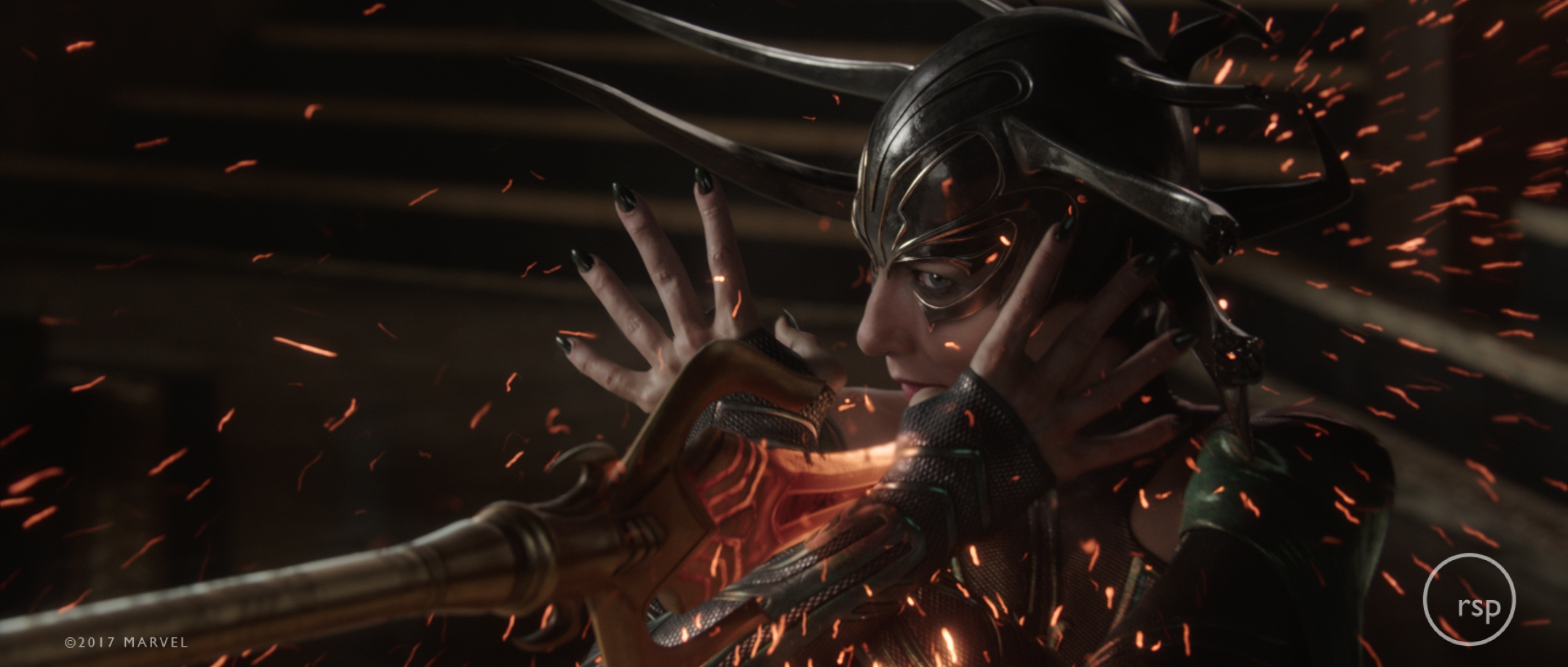
“The throne room itself and our digital characters were all shaded and lit in Houdini,” describes Vice. “We had a huge amount of geometry that we handled using level of detail meshes and a custom alembic procedural that was created by one of our talented engineers, Sam Hodge.”
The throne room itself and our digital characters were all shaded and lit in Houdini. We had a huge amount of geometry that we handled using level of detail meshes and a custom alembic procedural that was created by one of our talented engineers, Sam Hodge.
Noah Vice – CG supervisor, RSPHoudini was also used initially to create brazier fire, with artists simulating a long sequence of fire and using time offsets and instancing to populate hundreds of braziers of fire around the throne room. “This asset was distributed across the whole sequence and mostly eliminated the need for per shot artist work,” says Hancock.
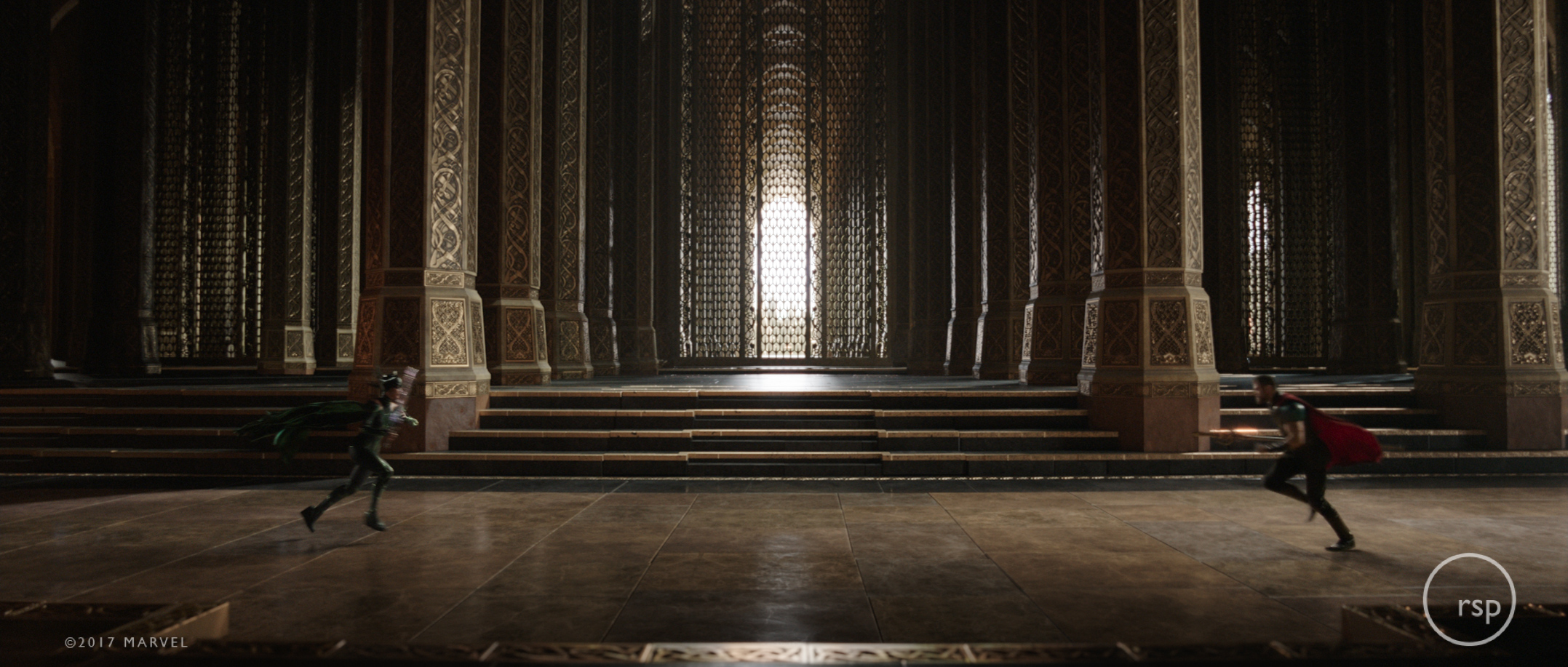
After the fight, the throne room mural collapses, and here Houdini was relied upon to simulate the RBDs and dust for the plaster falling from the ceiling. Hancock praises Houdini’s new boolean tools for allowing RSP to create “very specific and fine fracture patterns to get the look we needed.”
Super(hero) Effects
With these standalone scenes from Thor: Ragnarok and others it has delivered in other comic book and superhero films, Rising Sun Pictures stands among the big guns in producing visual effects. Each shot or scene provided its own challenges, and the studio says that Houdini allows them to tailor solutions and scale up for the big shots.
“Houdini not only gives us the tools we need to do effects work,” says Hancock, “but is very flexible in terms of how we need to design our workflow. No two jobs are the same and Houdini allows us to adapt to changing needs.”
Hancock’s colleague Vice goes one step further: “A lot of software offers you the ability to ‘pop the hood’ and tinker a little. Houdini allows us to redesign the engine, sometimes while we're even driving the car!”

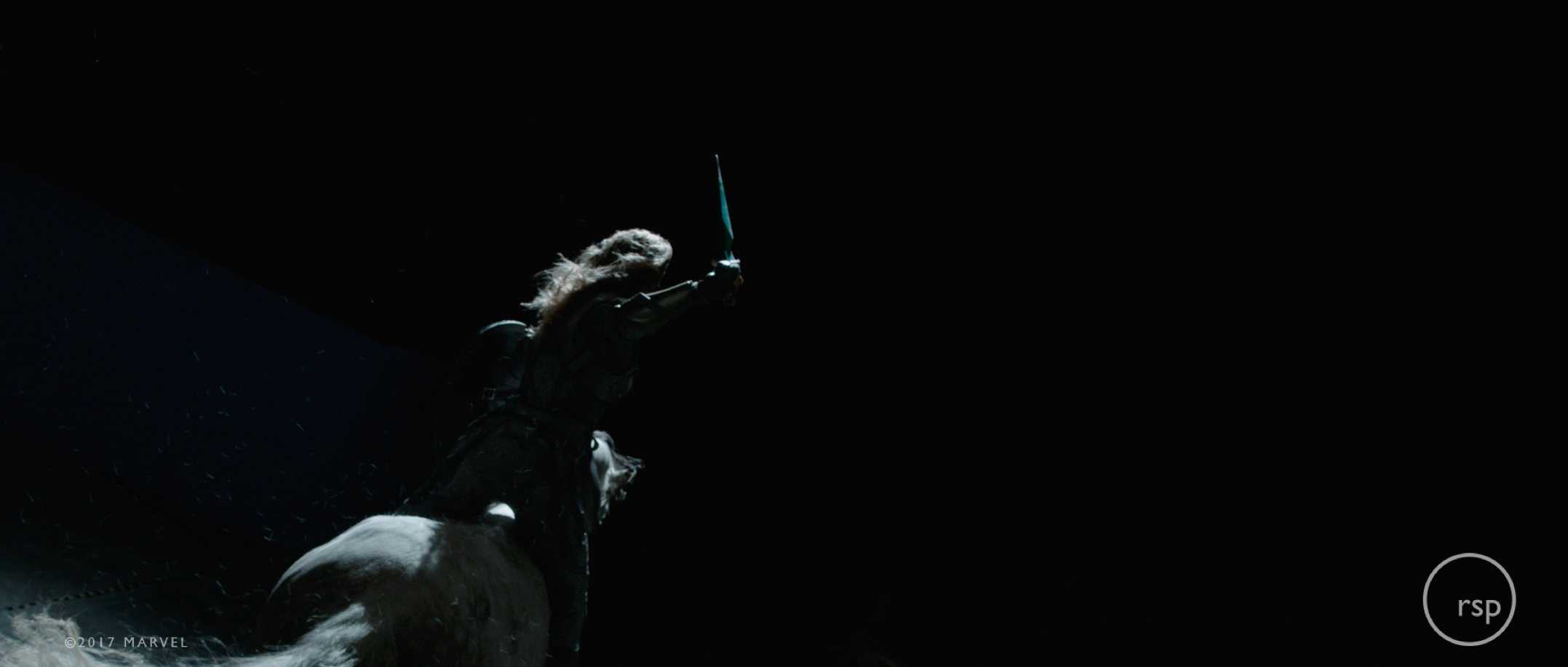
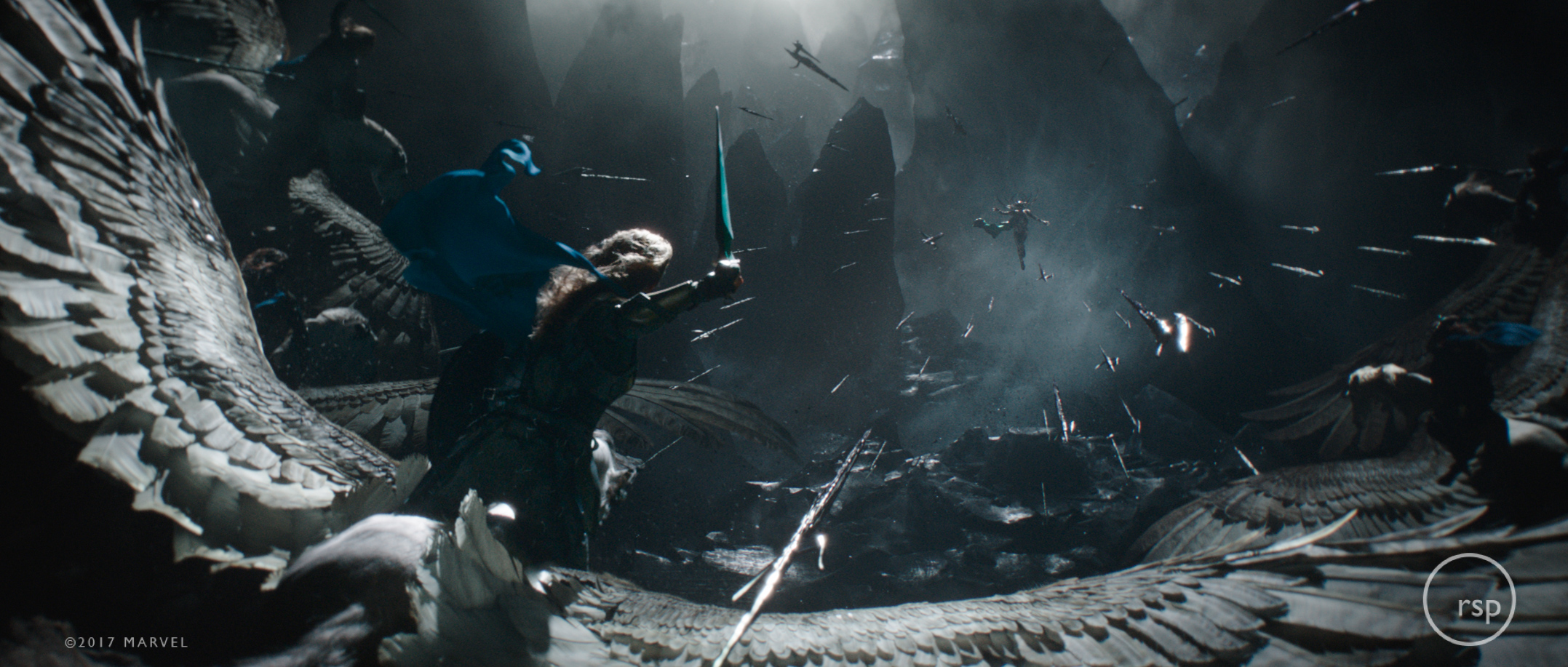
COMMENTS
Please log in to leave a comment.